The Pros and Cons of Offering Custom Designed Jewelry
Every jeweler who owns their own business has varying ideas of what “success” means. However, it is safe to say that within that definition of success selling jewelry out of the showcase is certainly a part of that vision for most jewelers. We all have had that customer that after considering the time you spent with them and the work you put into their repair and/or custom design, that your earnings from the transaction have been rendered to minimum wage status. Some people have a better sense of imagination and vision than others and the custom design process, even with advanced CAD software and visual studio renderings of the final piece, can exacerbate a customer’s indecisiveness and confusion. Often the best sales, albeit not the most rewarding, are when a customer comes in and sees something in your showcase that they just need to have, and with an occasional resizing and quick polishing job they are out the door happy and completely aware of what they just purchased. This process required minimal effort on your part as the owner/salesperson, besides the initial investment of buying the item from a vendor or making it for inventory, while it also proves to be most pleasant for the customer because they didn’t have to do too much thinking, imagining and articulating of what they wanted, they came, they saw, they bought.
Unfortunately, most fine jewelry stores do not pay the bills by selling solely out of the showcase. The ratios for many stores will vary so I can only speak for our store here on the east end of Long Island but approximately 75% of our sales have to be made to order and are not out of the showcase. In many ways this is a blessing because as CAD designers and bench jewelers my partner and I get an opportunity to display our skills and compete in a very competitive business located in a very competitive area, within the suburbs of New York City. Also, the customer of the 21st century experiences sensory overload constantly by scrolling through a plethora of different websites and seeing dozens if not hundreds of different jewelry options ready to order at their fingertips. Most of these companies are affiliated with major brands such as Signet Jewelers and thus have a generous budget for marketing, particularly Google SEO optimization and campaigns.
Remember, when a customer walks into your establishment, not only have they most likely visited other jewelers in your area, but they have also most certainly scrolled the infinite layers of relevant content on the internet and are now desensitized to your inventory no matter how ornate and impressive it might be. This fact will not change, social media, online marketing, advanced logistics and the diminishing human attention span are all part of modern society. The key is to develop a sales tactic that can identify all potential customers and divide them up into those who can be satisfied with what you have in the showcase or ordered in, and those that may be a bit more unique, high maintenance, or any other synonymous adjective you prefer. It is this later customer profile that warrants the custom option, the former not so much. Once you open Pandora’s box there is no closing it. Deciding when to tell a customer that you can design and make a custom piece of jewelry is a value-added aspect of your business but if marketed prematurely or to the wrong person it can be costly.
All of that considered, it has been our experience that for most high-end clients and artisanal shoppers custom options make a big impression on them and once you make the right client a custom piece they love, you are their jeweler for life. Sometimes you don’t have a choice. There are customers who see something online that they like but want it with bigger or different shaped stones and although the design itself is not that unique none of the casting companies such as Stuller and Overnight have that casting that would fit the stones the customer wants. This is a good scenario because the custom design process is simple and doesn’t take a lot of time for your designer thus keeping labor cost down and it also shows the customer that even minor variations can be difficult for those stores that don’t offer custom design options which makes your establishment look that much more impressive.
There is also the case where a repair needs a custom part made for the bench jeweler to get the job done properly and that piece can be better made using the precision of CAD rather than carving or hammering it out on the bench. An example of this is if a customer has a shank that splits and crosses over one another and one of those split shanks’ breaks. Designing a replacement piece that has the same exact curvature along with an additional peg added to the base so that the bench jeweler only has to drill a hole on the corresponding side to set the new piece into, allowing it to fit perfectly and more importantly not move around while they are trying to solder it, will make you very popular amongst your colleagues for making their life easier.
In the final analysis, all these situations and the pros and cons that come with them are anecdotal. Some of you reading this will have different opinions, strategies and experiences when it comes to offering custom options. Nevertheless, it pays to consider some of these scenarios and compare ideas with those who you share this great industry with. Knowledge dies in a vacuum, it must be espoused and relayed many times before it reaches its refined practical conclusion, and that is to make the life and relationship between the customer and the jeweler better.


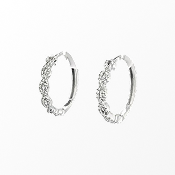



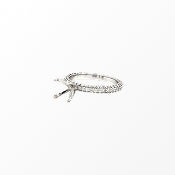





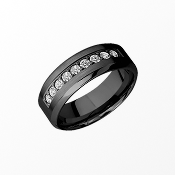



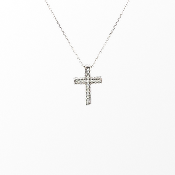
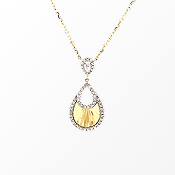

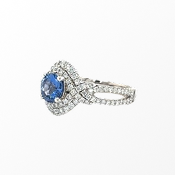
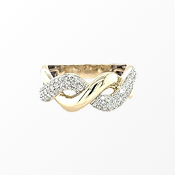

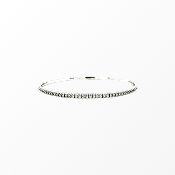


Leave a comment